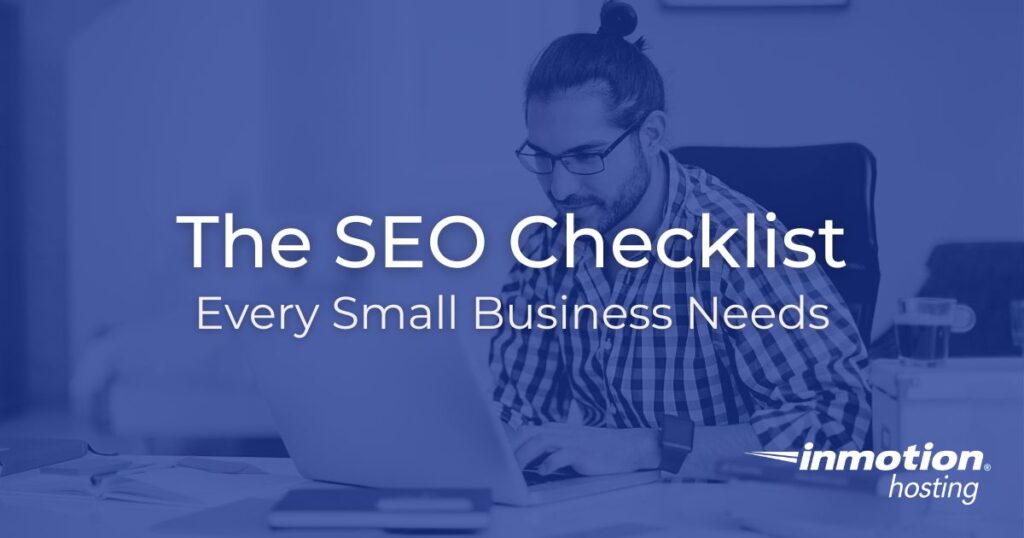
SEO is not a big mysterious phenomenon, it’s a road map. That’s why we put together a checklist of nine essential things you need to do to get a handle on your business’s SEO.
Building Your SEO Roadmap
Build content that’s relevant to your business and customers.
Update your Google My Business Page. Google My Business is a free service offered by Google that lets you claim and update your business information at any time. Google My Business is slightly different from Apple Maps Connect and review sites like Yelp in that it allows you to upload photos and videos to enhance your listing. This gives you coverage in regular searches, photos, and videos for all search engines, further enhancing your business ranking. Make sure your content, address, phone number, business hours, and business website link are all accurate.
Your customers can even ask you questions from the search engine. Keep on top of that so you can get answers to them as they need them.
Get optimized through local businesses, blogs, organizations, and events. Choose places that fall in line with your brand. Local newspapers or media outlets may run a local piece on your place. Local bloggers with a small following primarily from your area are another option. You can get local event pages to host your information, local charities that you sponsor, and even other local businesses that are open to having a local partners page or “businesses we love” page. The point is to get the locals interested in your business.
Internal links are key to building a solid foundation. For example, you’re writing an article entitled “Five Tips to Stop Procrastinating.” In your back content, you have a video from your site showing the use of the Pomodoro Technique. Link or embed the page or article with the video to create a more solid connection.
Catch customer attention using compelling title tags and meta descriptions. Make sure your content doesn’t have truncated links. You want titles so those keywords can make a difference.
Keyword research is something that has to be done on a regular basis. How do people find you? Through keyword searches. Know your keywords and make sure they’re regularly used. Streamline the process by generating a list of primary and secondary keywords and give it to everyone who makes content for your site.
Image optimization is the next step. You want to make sure every image on your site is indexed with tags and keywords that show its relevance. If you have an image of your amazing product, but no description, how will people be able to find you through the photo search?
Use H2 tags in your content. These are called subheadings. They break your content down into easily scanned blocks. There are also H3s and H4s, but these should only be used hierarchically by number. For example, an H3 should only ever fall under an H2, and so forth.
Optimize your video content to make it relevant. It should be emotionally compelling or educational to effectively reach most of your audience. It should have a short engaging title (like your content mentioned above), with a target keyword, and a full description that explains the topic of your video and what your audience should expect.
Want to continue expanding your SEO skillset? Check out What is Local SEO?

Comments
It looks like this article doesn't have any comments yet - you can be the first. If you have any comments or questions, start the conversation!